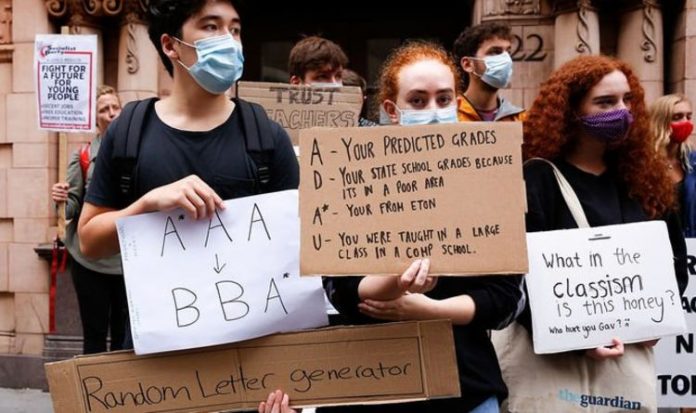But a swathe of previously disappointed students are suddenly finding grades improved by the switch mean they should be eligible for courses they thought they had fallen short of securing places on. Gavin Williamson last night scrapped the Government’s cap on the number of students attending next year to hike the number of places.
The Education Secretary promised to work with university chiefs to increase capacity in higher education next year to make room for the unexpected numbers.
Yet he failed to guarantee that every student with the correct will get on their first-choice course.
“We are already working very closely with the university sector to make sure that we do everything we can do to build as much capacity in there,” he said.
“We expect universities to be flexible. We expect them to go above and beyond to be able to honour those commitments, but we also recognise you know that’s why today we’ve lifted the student number caps in order for universities to be able to expand and put extra capacity into the system.”
Universities UK chief executive Alistair Jarvis called for “urgent clarification” from the Government and advice on a number of “crucial issues” following the policy exchange.
He warned that while 70 percent of students were placed with their first-choice institution, those who are not should “think carefully about their next steps” and seek advice from their preferred university.
Students who have not got into their first-choice institution should seek advice from their parents or teachers before contacting the university, the Universities and Colleges Admissions Service said.
“Once your university has your ‘centre assessed grades’ via exam bodies, they can make a decision as to whether there is a place at your preferred choice,” a Ucas spokesman added.







